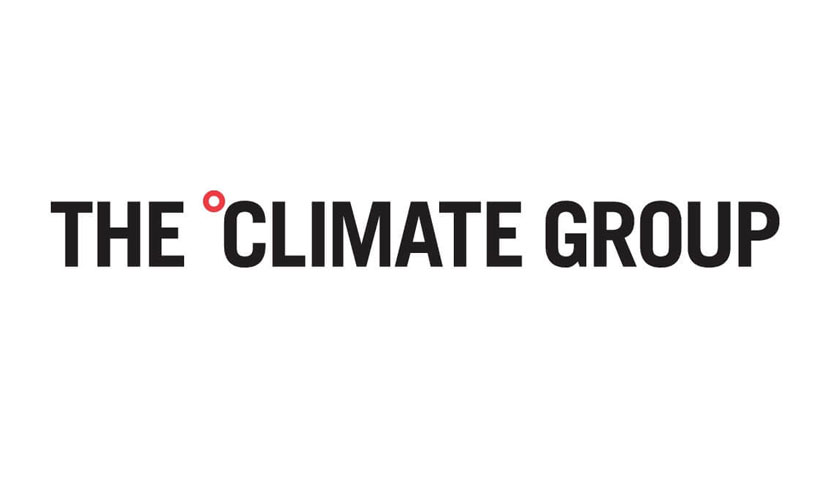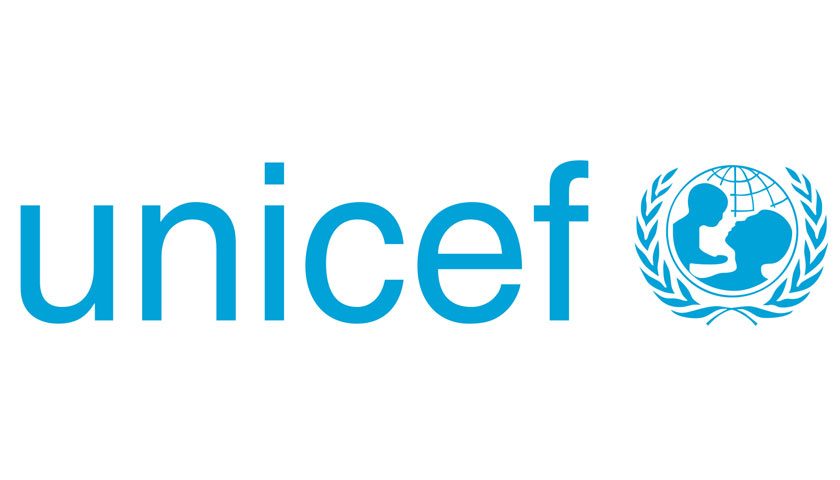One billion children are at extremely high risk from the consequences of climate change. UNICEF, Technical Partner of Climate Group Asia Action Summit, explains how forward-thinking executives are creating partnerships with a focus on children – creating scalable and lasting impact for generations to come.
Across the East Asia and Pacific region, a growing trend is emerging. Business leaders are investing in climate solutions that prioritise children. Children are on the frontlines of the climate crisis, facing more frequent climate disasters and more climate-related displacement than any other generation in history.
This means children are missing school because of floods, their drinking water is no longer safe, they are losing their homes to typhoons, and getting sick more often from diseases like dengue.
June Kunugi, UNICEF’s Regional Director for East Asia and the Pacific, explains, “A child born today faces six times more extreme weather events than their grandparents. We need to put children at the centre of climate decisions, policy and investment – because their future is on the line, and because they are powerful agents of change.”
Pioneering scalable solutions
Children bear the heaviest burden in these crises, and their essential needs are often overlooked.
But some forward-thinking executives are choosing to act. They are partnering with UNICEF to lead on climate adaptation for children through investments in resilient schools, health systems, and clean water access, protecting children and advancing sustainable growth in the region.
The Solar Hub, supported by the Australian Government, KOICA, and private sector partners, is a platform that’s driving energy transition across East Asia and the Pacific by powering schools, healthcare centres, and sanitation services. Its multi-sectoral approach also reduces energy consumption by up to 30%, proving both efficient and impactful. Similarly, a report by Economist Impact showed how investing in key social sectors can yield up to triple returns on private sector investments.
“No single actor can tackle the climate crisis alone. Progress we’ve made has been possible because we partnered with governments, private companies, and communities – each bringing something vital to the table.”
Global business and technology leader and UNICEF partner Capgemini was an early adopter of the youth-centred approach. Their support to the Green Rising initiative, launched by UNICEF’s Generation Unlimited (GenU), is equipping millions of young people with the education, skills and opportunities they need to drive climate action and become champions for the planet.
Through these partnerships, UNICEF and the private sector are not limiting themselves to protecting children during emergencies – they’re also building lasting resilience. By equipping youth with climate advocacy training and leadership skills, they’re empowering the next generation to build a more sustainable tomorrow.
Why climate action starts with children
A child-centred adaptation strategy focuses on building resilience to ensure adequate preparation for current and future climate consequences that disproportionately affect children and their communities.
The involvement of the private sector enables this work to scale rapidly while ensuring UNICEF partners can meet their business goals, strengthen continuity, and build long-term value in the region.
“UNICEF is uniquely positioned to connect the dots between sectors and bring partners together,” explains June Kunugi.
“Our strength lies in aligning actors and driving joined-up solutions that respond to the full spectrum of what children need to survive and thrive in a changing climate.”
In collaboration with governments, schools and private sector partners, UNICEF has reached 4,000 children in Lao PDR with access to clean water during floods. In Malaysia, a youth-led environmental initiative mobilized five million people and supported over 100 grassroots climate projects.
Similar strategies have been established across 27 countries and territories in East Asia and the Pacific, ensuring essential services – including health, education, water and sanitation -remain – operational in times of crisis, offering children a chance to thrive even when the odds are stacked against them.
Partnerships are effective because they allow for clear goal alignment, as well as the ability to combine resources and expertise, while committing to deliver tangible results.
Together, we can go further
When a child’s needs are prioritised, a seed is planted for lifelong learning, and lasting contributions can be made to their communities. In the world’s most disaster-prone regions, prioritising children is not only a moral imperative – it’s an act of empowerment that benefits society and will be felt for generations to come.
“Supporting equitable, child-centred adaptation is smart, strategic, and future-facing. When we invest in child-focused resilience and empower young people, the returns ripple across and transform generations,” ends June Kunugi.



